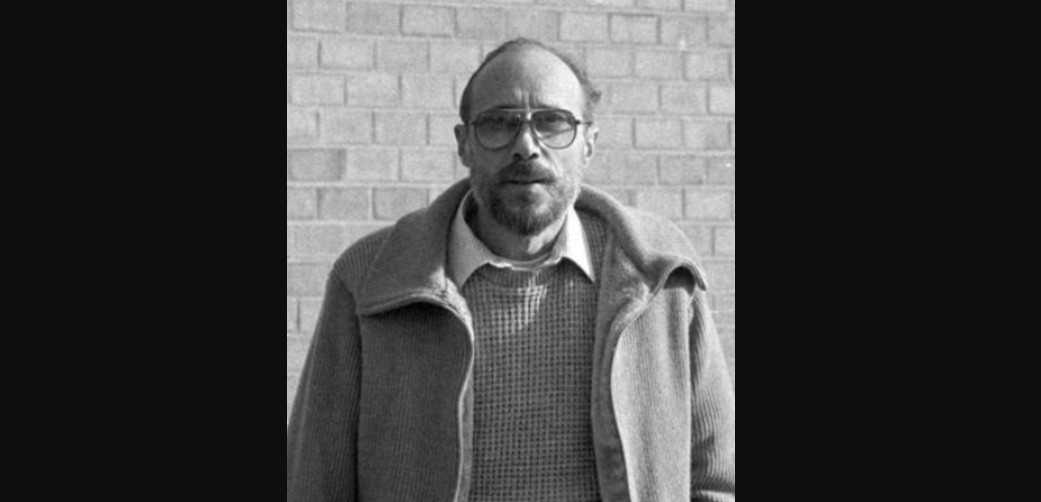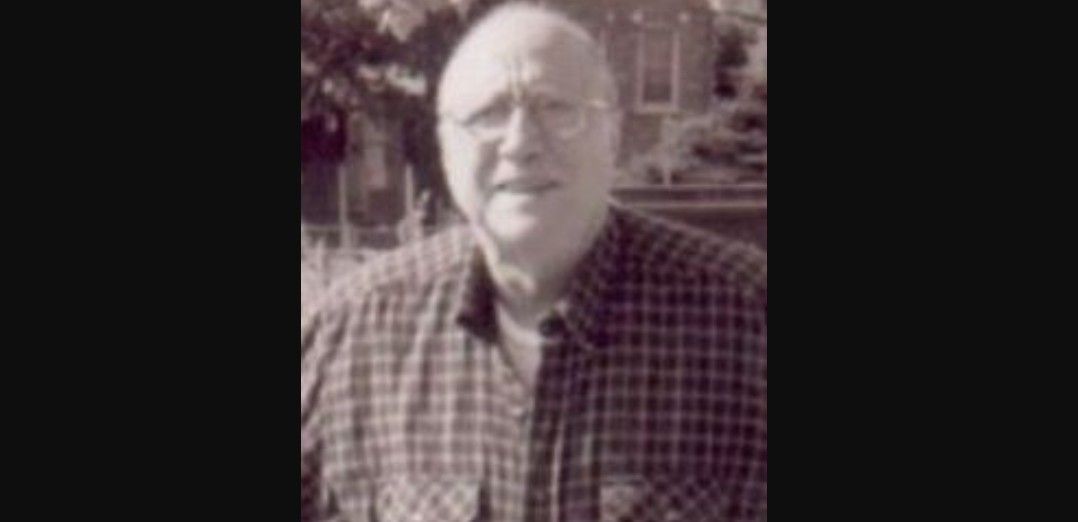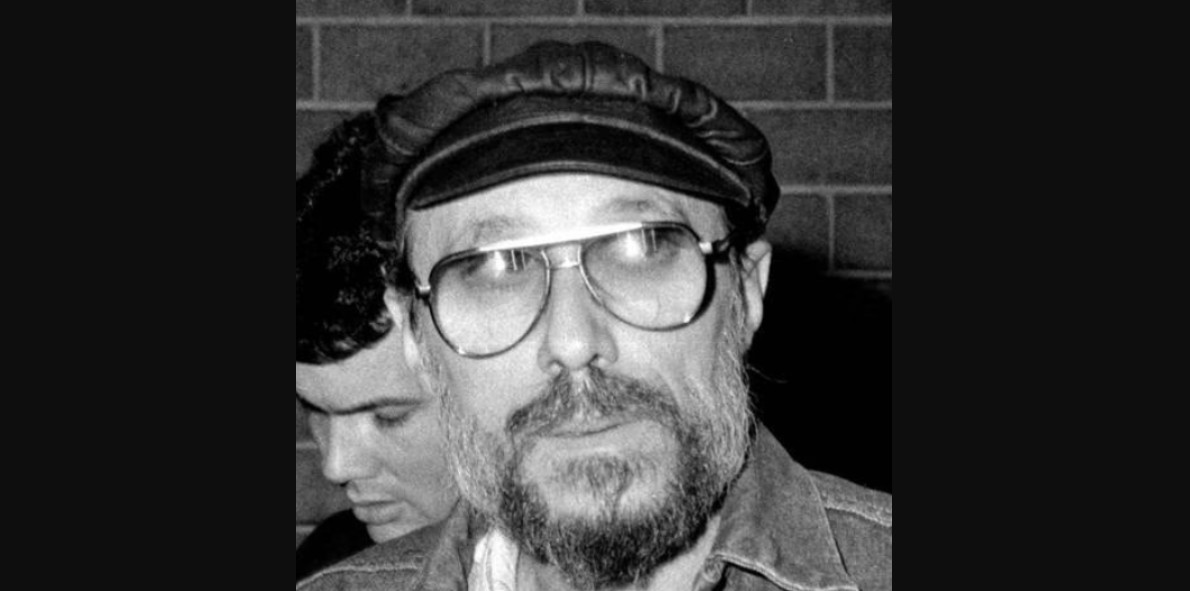In 1982, the mysterious deaths of several people in the Chicago area sent shockwaves across the entire nation. When the investigation revealed that they died after ingesting cyanide-laced Tylenol capsules, it sparked fear among people when it came to using Tylenol altogether. In their search for the perpetrator responsible for tampering with the capsules, the law enforcement suspected two men, one of whom was a man named Roger Arnold. In Netflix’s ‘Cold Case: The Tylenol Murders,’ the focus is on the sudden and horrific killings, and the investigators’ quest to get to the bottom of the case. As they zeroed in on Roger, the authorities initially believed they might have caught the killer.
Roger Arnold Was a Coworker of the Father of One of the Tylenol Murder Victims
Roger Reed Arnold was welcomed into the world by Walter and Mable Arnold on July 29, 1934. While growing up, he envisioned himself serving the nation after coming of age. Through his hard work and determination, he realized his dream and became an integral part of the US Army. After serving during the Korean War, he gained repute within the force and became a veteran. Following his retirement from the army, he became a dock worker at Jewel-Osco in Melrose Park, Illinois. When the Tylenol murders rocked the Chicago area in late September 1982, the authorities followed every lead they could find to get to the bottom of the mysterious case.

One of the clues led them straight to Roger Arnold, who had allegedly threatened to poison others and had some connections to a few Tylenol victims. As per reports, he had worked at the same Melrose Park warehouse as the father of Mary Reiner, who was one of the several victims of the Tylenol murders. In addition to that, Roger’s wife underwent psychiatric treatment at Central DuPage Hospital, which was located right across the street from the store where Mary purchased the deadly bottle of Tylenol, laced with cyanide. Taking these circumstantial connections into consideration, the authorities executed a search warrant of the Arnold house on October 11, 1982.
Inside the property, the detectives discovered some questionable items, including five guns, ammunition, books on making explosives and poisons, test tubes, laboratory vials, beakers, and a white granulated powder. They also came across a copy of ‘The Poor Man’s James Bond,’ which is a book that contains instructions on how to make potassium cyanide. Upon testing the white powder found at his house, it turned out to be potassium carbonate, and not cyanide. Before the search, Roger had admitted to possessing cyanide at his home, but they did not find any sign of it. Since he claimed that he was not involved in the Tylenol murders, Roger was asked to take a lie detector test to prove his innocence. However, he refused to partake in it.
Roger Arnold Was Convicted of Killing an Innocent Man in the 1980s

It turned out that a Lincoln bar owner named Marty Sinclair had tipped the police, stating that Roger Arnold had reportedly been talking about killing people. He also alleged that he had bought cyanide six months before the tragic poisonings. Reports further state that when Roger found out about it, he decided to take revenge on the owner of the bar he visited every now and then. With revenge on his mind, in the summer of 1983, he mistook a random man named John Stanisha for Marty Sinclair and shot him to death. The victim was a 46-year-old computer consultant and father of three who was simply leaving a bar with his friends. As a result, Roger was arrested and charged with the murder of John Stanisha. Months later, on January 11, 1984, the 49-year-old was found guilty and sentenced to 30 years in prison.
Roger Arnold Passed Away at 73
While serving his sentence in 1996, Roger Arnold stated, “I killed a man, a perfectly innocent person. I had choices. I could have walked away.” Meanwhile, the investigators continued their attempts to tie him to the Tylenol murders. After serving half his sentence, he was released from prison. Several years later, on June 16, 2008, Roger passed away in Cook County, Illinois, due to natural causes at the age of 73. Since he was still considered a suspect in the Tylenol murder case in the 2000s, his body was reportedly exhumed in 2010 and tested for DNA, before being reburied. However, since his DNA failed to match the DNA samples found on the Tylenol bottles, Roger Arnold was ultimately ruled out as a suspect.
Read More: Adam and Theresa Janus: Who Were the Tylenol Murder Victims? How Did They Die?


